crypto
hardcoreStake – official betting partner of Vitality

crypto
hardcoreStake – official betting partner of Vitality
Team up with
the champions! Stake – official betting partner of Vitality
Guides
12:32, 20.07.2025
16

In 99 Nights in the Forest, every minute of the day is crucial for survival amidst the absence of most dangers, and every log you gather in the game is worth its weight in gold. Wood in 99 Nights in the Forest is not just a crafting resource; it's the foundation of survival.
It's the campfire that separates you from the horrors of the night. Without it, the darkness becomes insurmountable, and the anomalous deer unavoidable. Mastering the skills of efficient gathering and wood supply management is the first thing you need to learn if you want to survive until the last night in 99 Nights in the Forest.
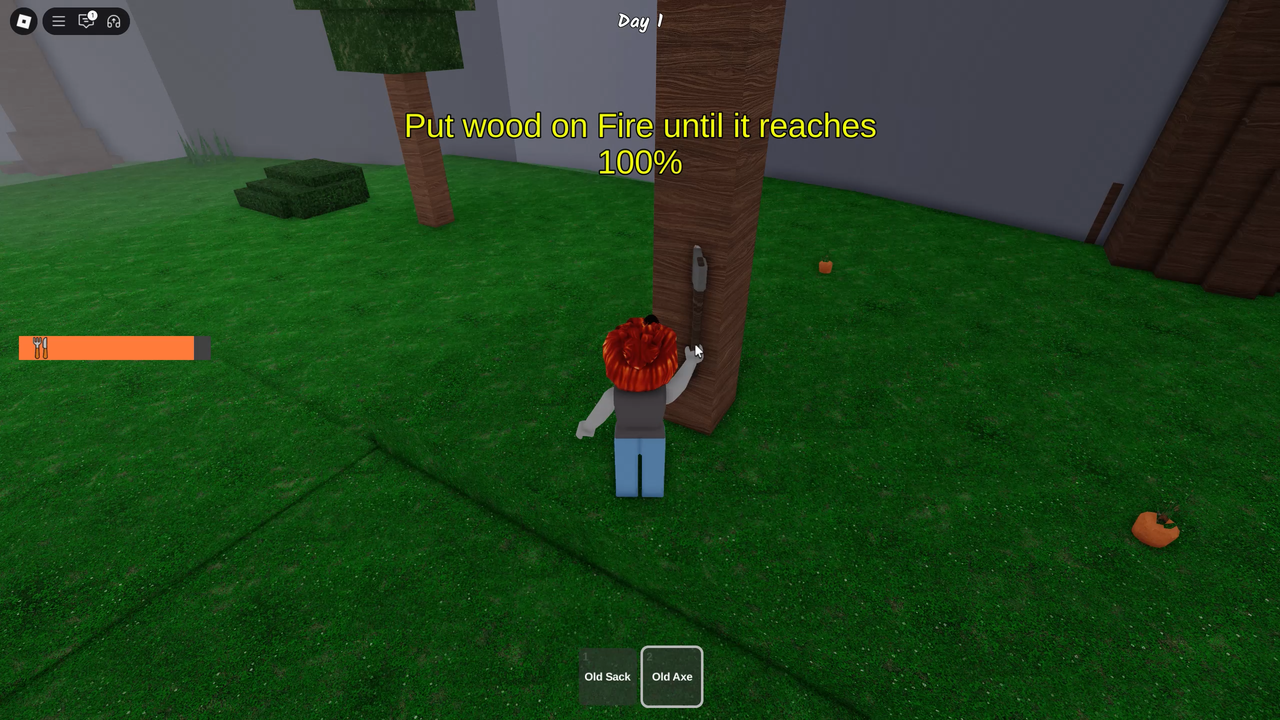
The campfire is the only thing keeping you safe after sunset. It creates a safe zone from the wendigo, deters some threats, and allows you to see what's happening around you. But this flame is constantly hungry. Every night it burns through wood continuously, and each day you need to focus on one thing: will the fire last until morning? If the flame is too weak, you're not just vulnerable; you're literally inviting the anomalous deer into your camp.
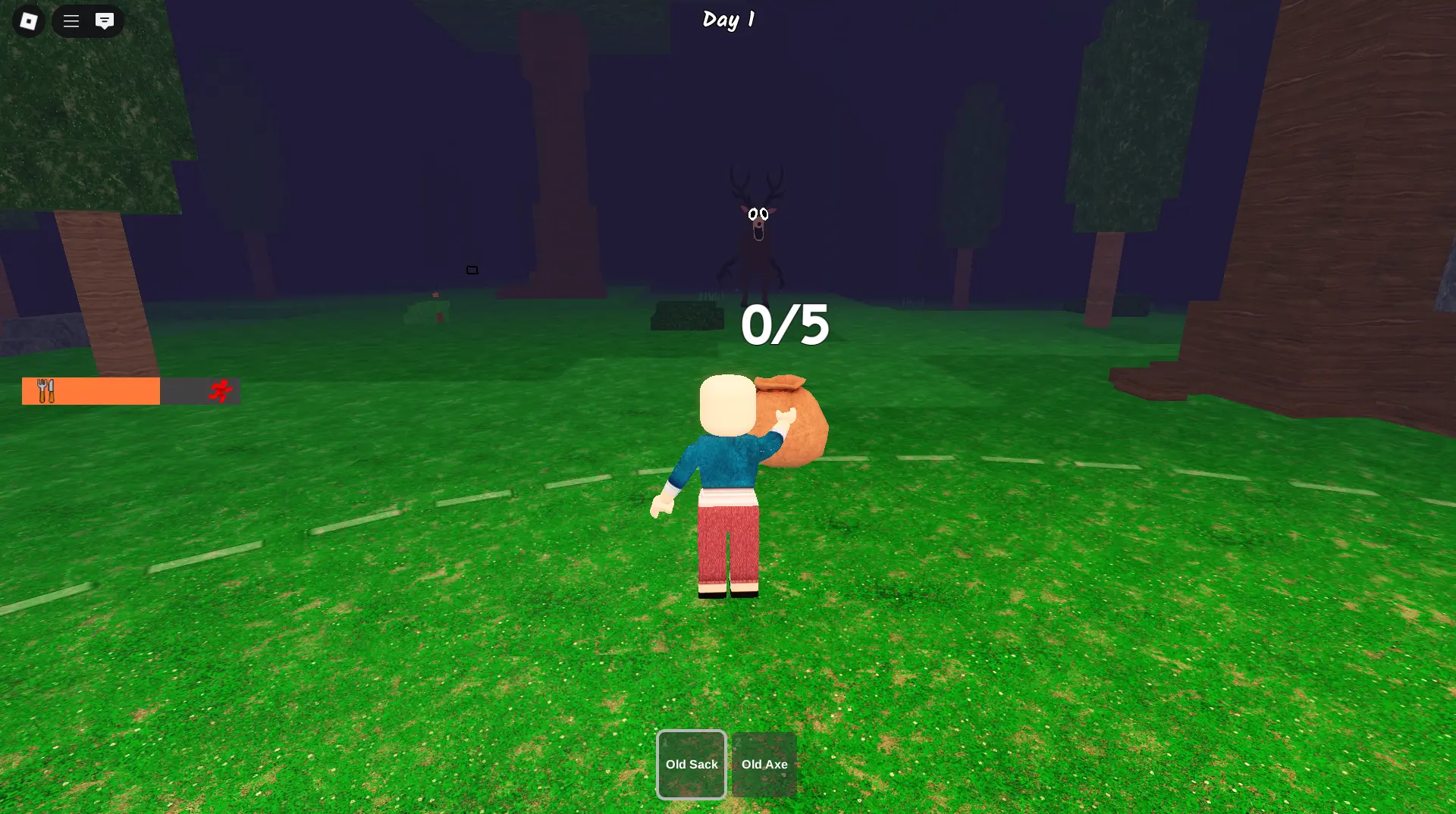
During the day, the forest is significantly calmer than at night. You should take advantage of this — use your safe time to the fullest not only for gathering food, exploring locations, and finding chests but also to keep chopping wood.
Gathering firewood should be your main task every morning. As soon as daylight returns, find the nearest trees and start chopping. Don't waste time on secondary tasks if you haven't secured a reliable fuel supply for the campfire. Moreover, if you get tree saplings, plant them as close to the camp as possible, so you can chop them down as soon as they grow.
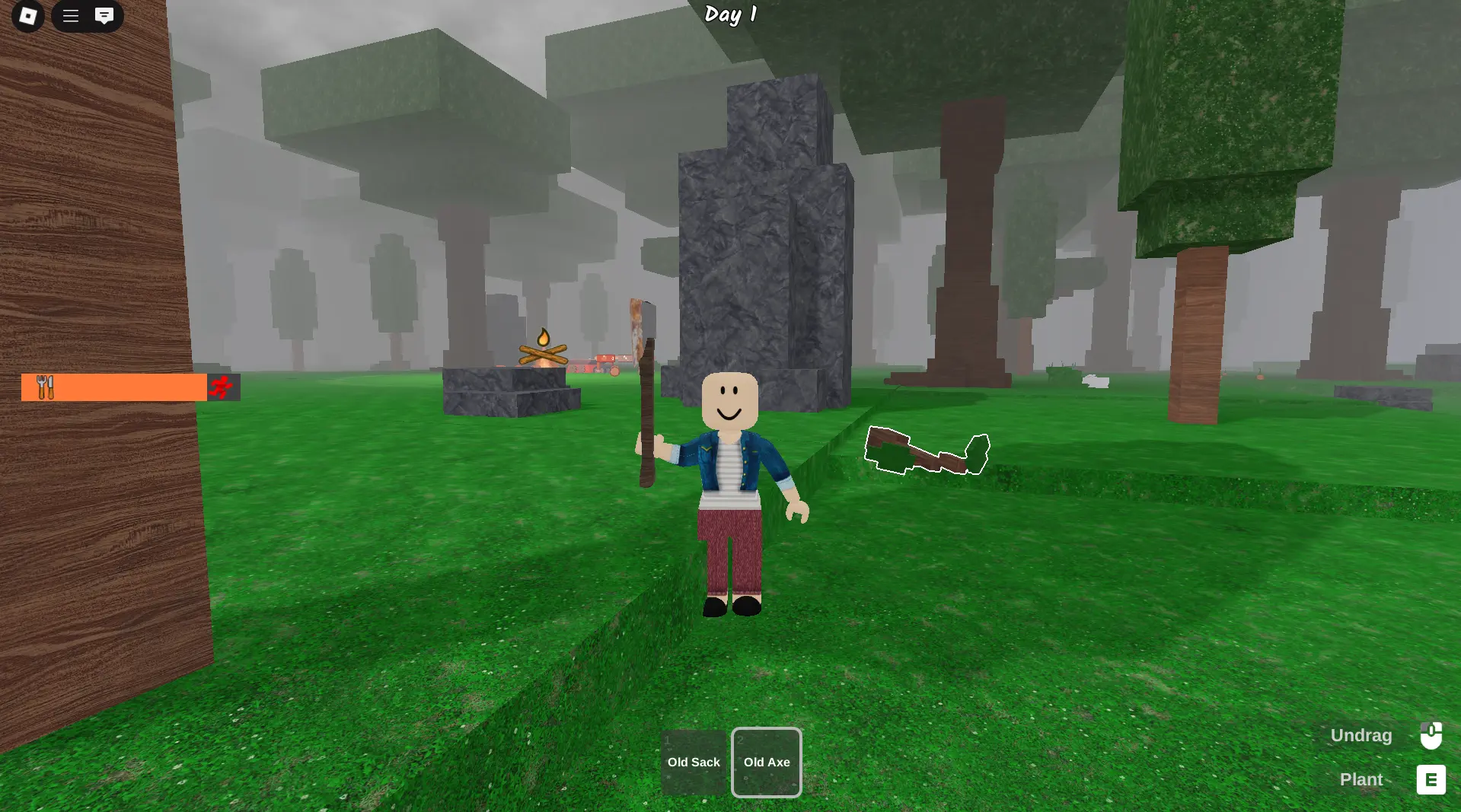

Initially, focus on trees growing near the campfire. This way, you'll reduce the time spent delivering wood and can quickly replenish your supplies. Plus, you'll stay within the safe zone if night falls sooner than expected.
When nearby trees are depleted, create a route based on a ring principle. Instead of going back and forth, develop a loop route: chop trees in one sector, move to the next — and continue in a circle until you return to the start. After some time, trees in the initial areas will regenerate, making your route viable for gathering again.
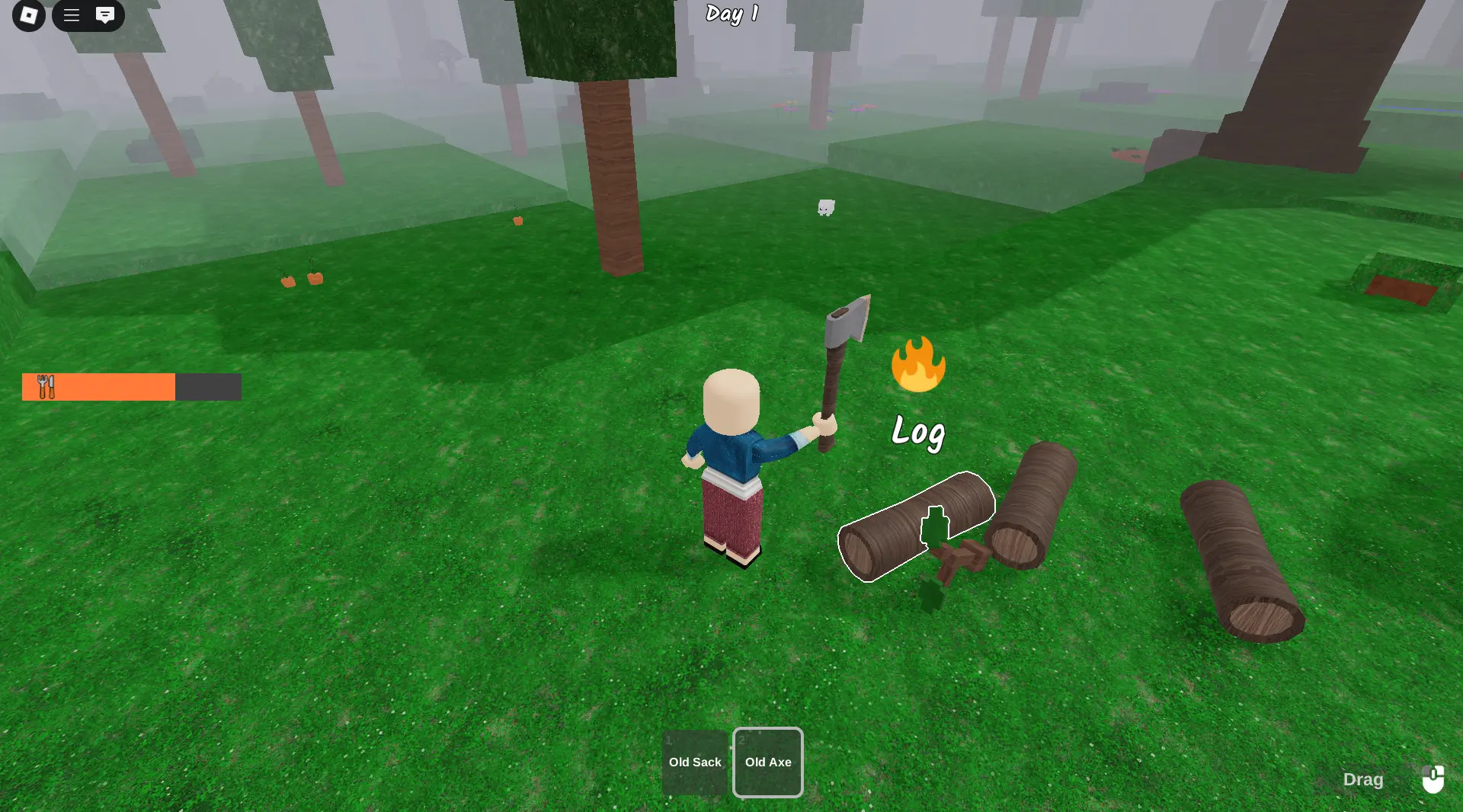
Some forest areas may have a higher density of trees or faster regeneration. Remember these zones — they save time and effort. It's also easier to navigate familiar places, especially when you have to venture further from the camp.
If the game allows you to upgrade your axe, do so as early as possible. A better tool lets you chop faster or get more wood from a single tree. For example, the initial axe requires about 15 hits to fell a tree, while the next-level axe, which can be found or traded with a wandering merchant for rabbit paws, takes about 5 hits.
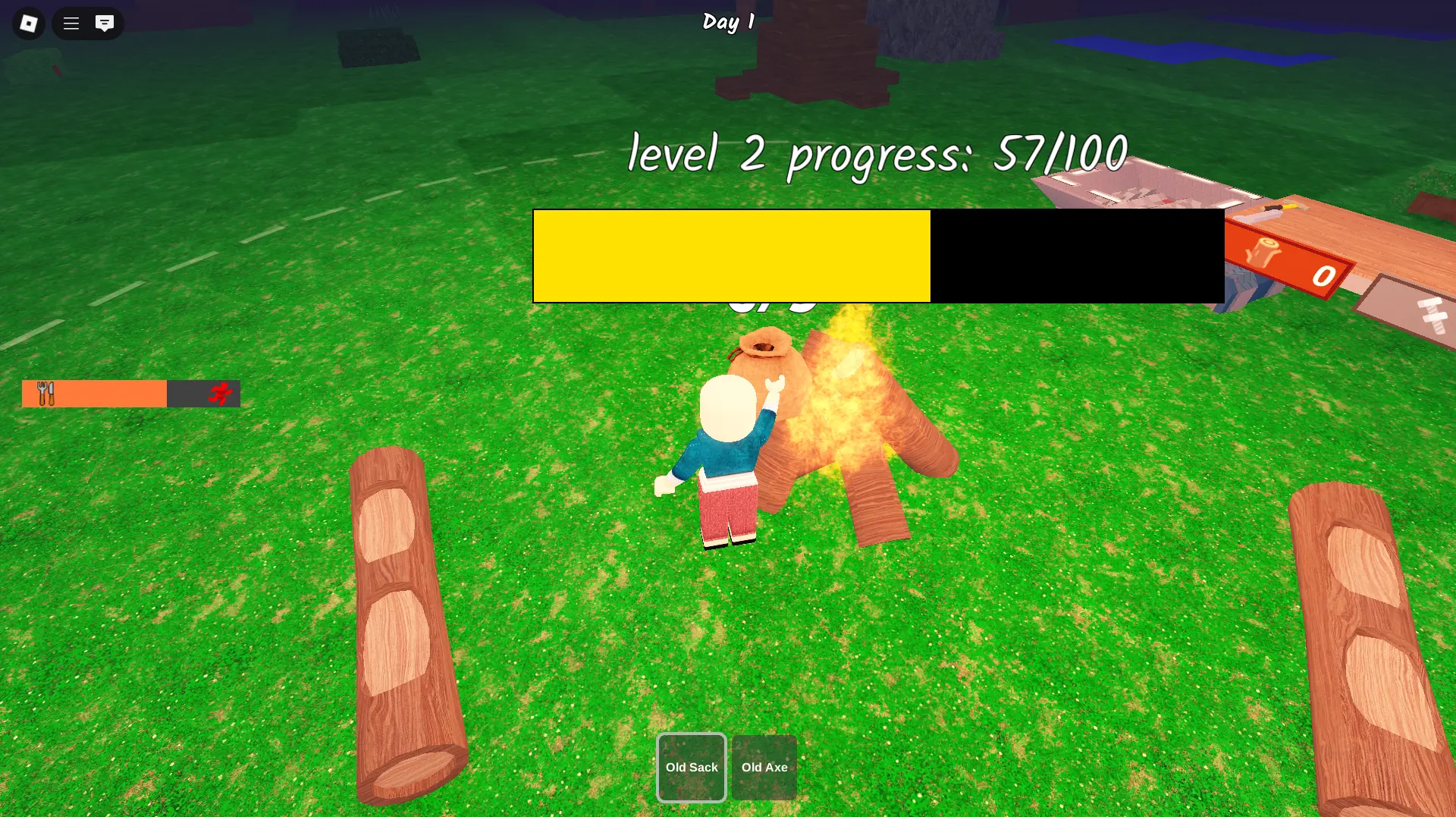
Chopping wood quickly is futile if your inventory is full. Get used to checking your supplies regularly and transporting wood to the camp as often as possible. It's better to make several short trips than to find yourself deep in the forest after dark — slow and vulnerable due to overload.
Try to acquire a bag with larger capacity to collect more wood, as well as have space for other necessities — including food, scrap, etc.
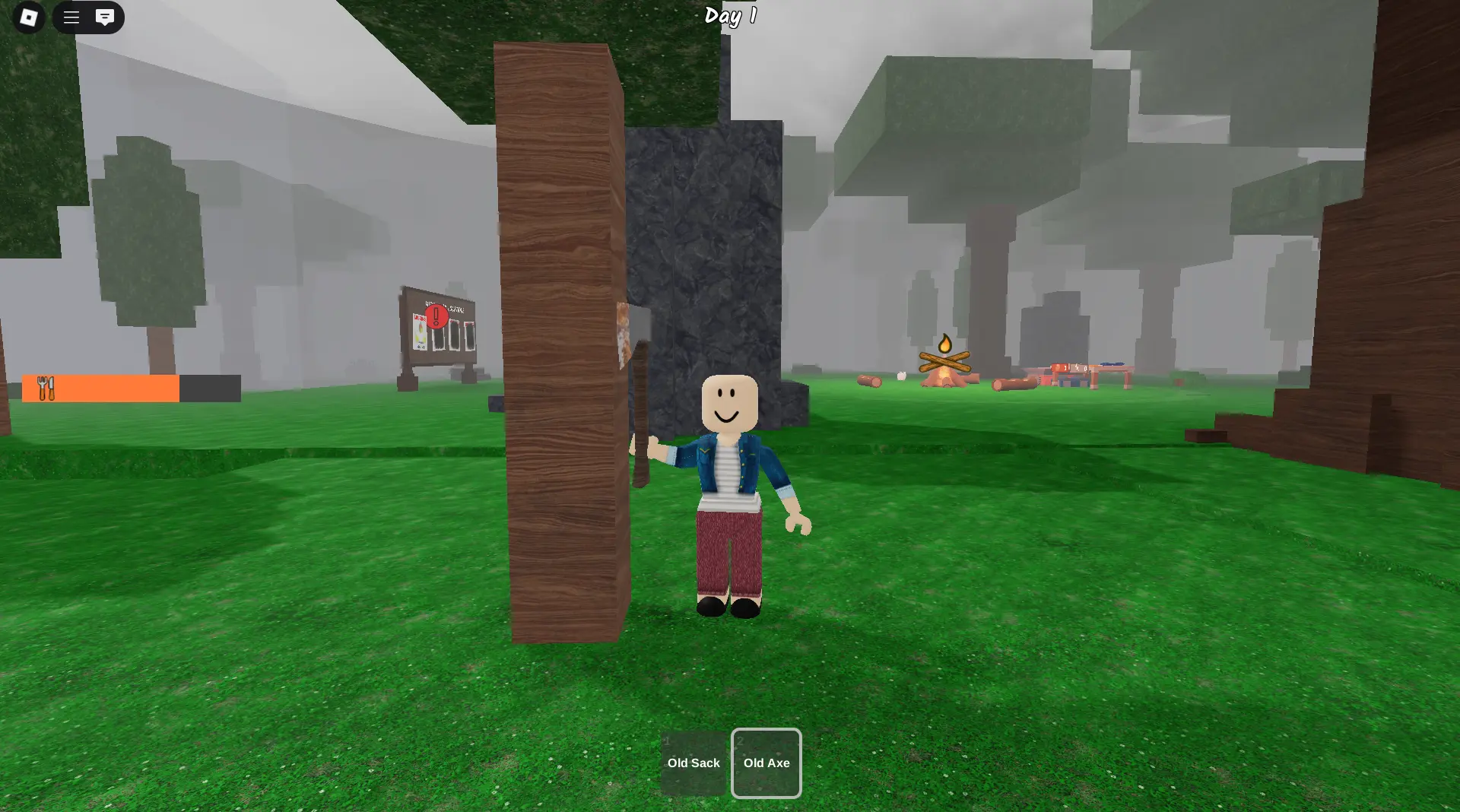
It's important not just to add wood to the campfire but also to monitor it. A dimmer campfire has a smaller protection radius, so more wood means a larger safe zone perimeter. Also, it's worth not only maintaining the fire but also upgrading it to unlock new areas of the map for exploration.
Don't leave the campfire unattended, as cultists may come to your camp and extinguish it — leading to a deer attack. Weather also poses a threat to the campfire, particularly rain, which can put it out.
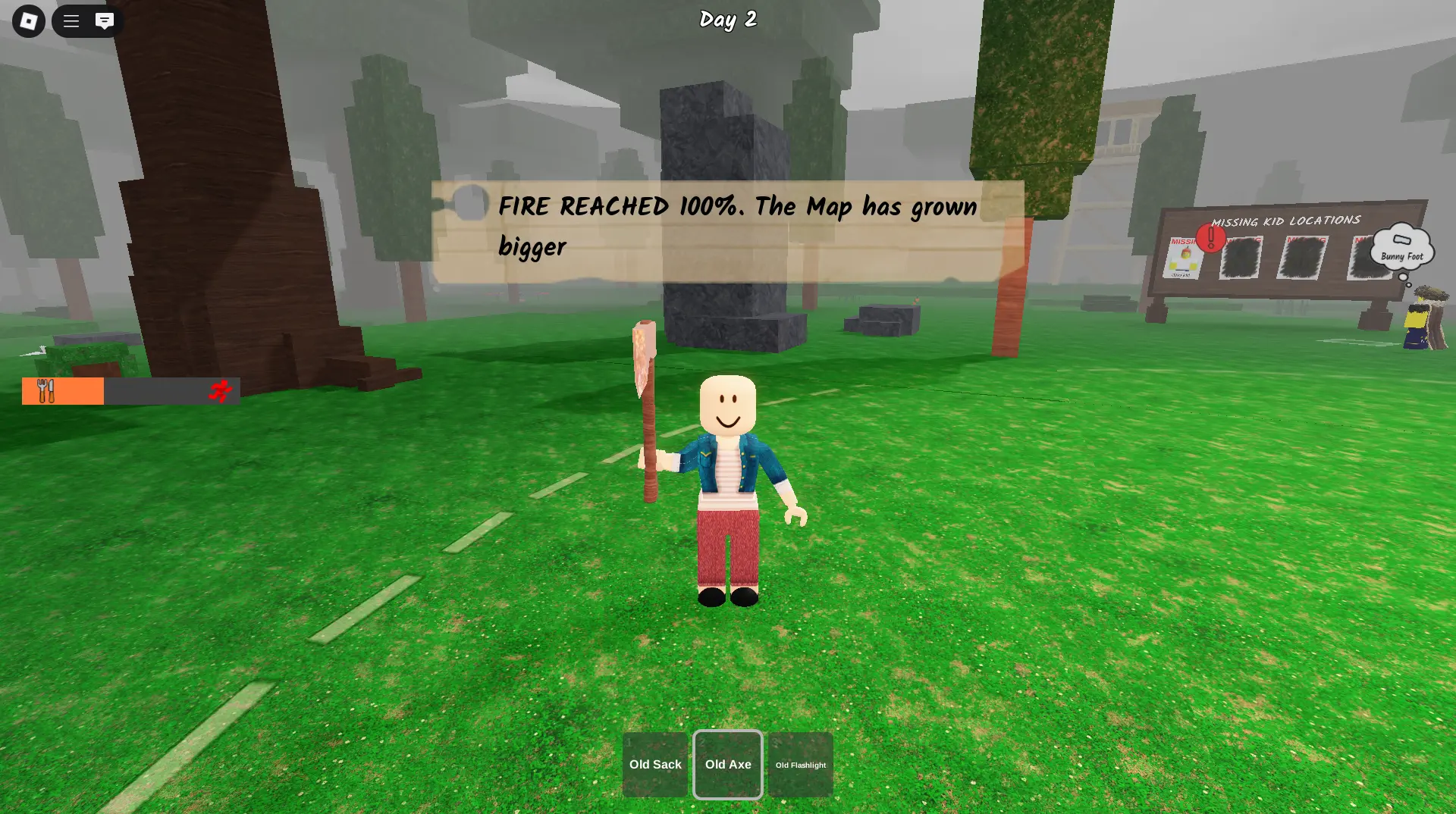
Comments16